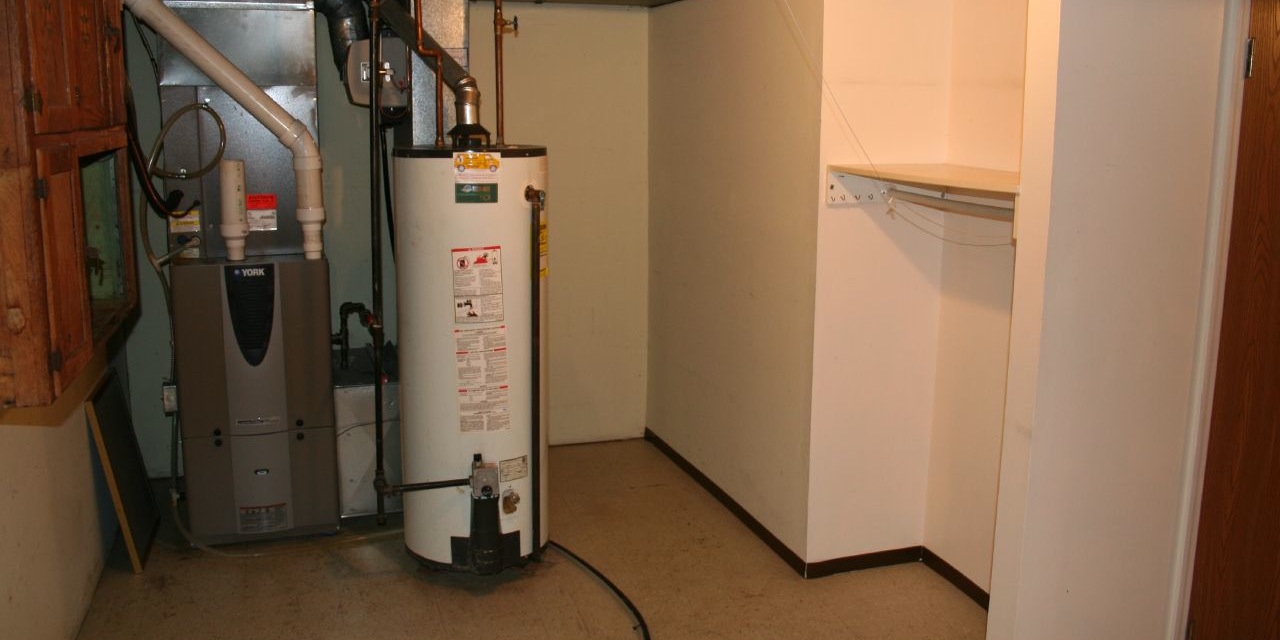When a water heater bursts, the result can be disastrous for your entire home. Flooding can happen quickly, spreading through the house, ruining floors, walls, or the legs of furniture.
Even in this chaos, it is important not to panic. Instead, remember a few steps that will prevent further damage in your home.
1. Turn off the water heater as soon as possible
If you have a gas water heater, you can turn it off by finding the thermostat on the heater itself. For electric water heaters, flip the switch in the circuit breaker.
If you don’t know where your circuit breaker is or if it’s not labeled, tackle this now as a high-priority task. You don’t want to be flipping all the wrong switches in an emergency!
2. Shut off the water source
A busted water heater can no longer regulate the flow of water, so you must cut off the supply by finding the cold water pipe that runs into your water heater and turning the valve closed. Sometimes the valve is stuck open, in which case you’ll need to shut off your home’s main water supply.
3. Take photos
You’ll be in a hurry to start cleaning up, but don’t forget this important step. For insurance purposes, you’ll need photographs of the flooding and any damaged floors, walls, or furniture in your home. Document everything!
4. Clean up
Any undamaged furniture, boxes, or other salvageable items should be removed from the area as soon as is safely possible. Then you can begin the clean-up process to prevent more damage or the build-up of mold.
You’ll need a wet/dry vacuum to remove the standing water. You may also need fans and dehumidifiers—and opening the windows can help a great deal.
5. Call a plumber and then your insurance company
Arrange to have a plumber repair or replace your water heater. Then call your insurance company to file a claim—the sooner the better, so you’ll know exactly what to save, document, and what can be thrown away.
Image by Tom Feary via Flickr (CC BY 2.0).







